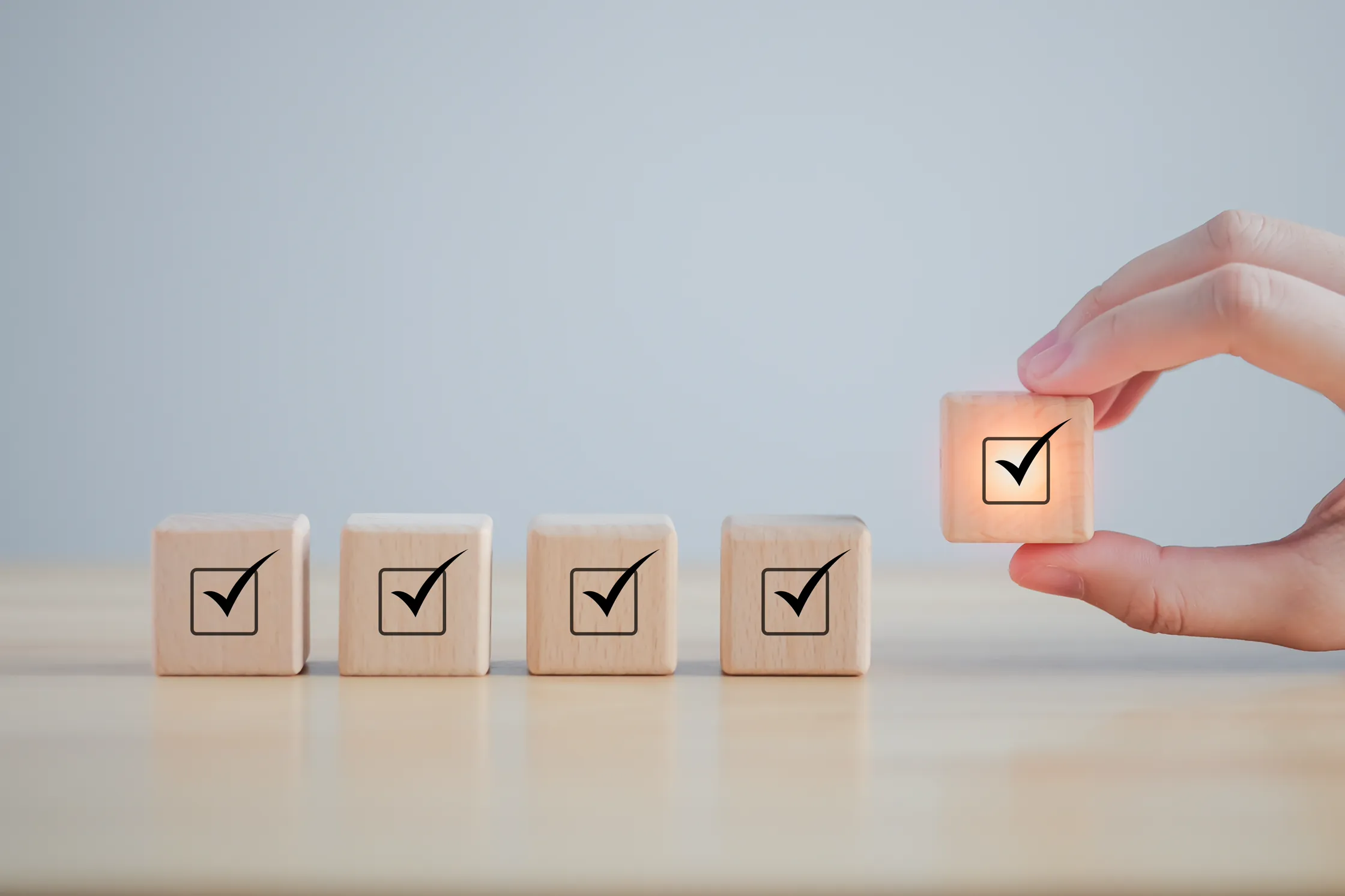Dubai Real Estate Agent (2025 Guide for First-Time Buyers)

Step 1: Secure Your Finances and Get Pre-Approved
Before diving into the exciting world of Dubai property purchase in 2025, securing your finances is paramount. You need a clear budget accounting for all costs, not just the ticket price. These additional expenses typically include a 4% transfer fee for the Dubai Land Department (DLD) and a 2% agency fee, bringing total upfront costs to around 7-8% of the property's value.
If you plan to finance with a mortgage, obtaining mortgage pre-approval Dubai is your top priority. This crucial step defines your exact spending limit, providing confidence for your property search. For properties under AED 5 million, UAE banking regulations require a minimum 20% down payment. A skilled Dubai real estate agent can connect you with reputable mortgage advisors to streamline this process significantly.
Step 2: Define Your Needs and Find the Right Agent
With your budget defined, the next step involves articulating your vision for a Dubai residential property. Consider your lifestyle and long-term goals. Think about location, property type – whether you're searching for Dubai apartments or considering Dubai villas – proximity to your workplace or schools, and essential amenities.
How to choose a real estate agent
Navigating the dynamic market requires a professional Dubai real estate agent. It’s crucial to work with a RERA (Real Estate Regulatory Authority) qualified broker. You can easily verify an agent's credentials on the DLD's official website or through the "Dubai Brokers App" to ensure they are licensed and in good standing.
A trustworthy Dubai real estate agent does more than just find listings; they provide invaluable market insights, expertly manage negotiations for your Dubai property investment, and guide you through the complex legal paperwork. To formalize the relationship and authorize them to negotiate on your behalf, you will sign a Form B contract.
Step 3: The Property Search and Viewing
The property search, expertly guided by your Dubai real estate agent, transforms your vision into reality. While online listings offer a great overview, nothing replaces an in-person visit. Viewing a property allows you to thoroughly inspect its condition and get a true sense of the space and neighborhood.
What key questions should you ask during a viewing
To make an informed decision on your ideal residence, it's vital to look beyond aesthetics and ask practical questions.
- What are the annual service charges? Understanding these ongoing costs is crucial for long-term budgeting for your Dubai residential property.
- Is the property currently tenanted? This affects when you can move in and is important for investors to know.
- Have there been any recent renovations or major maintenance issues? This helps you assess the unit's condition and potential future expenses.
- What fixtures and appliances are included in the sale? Clarify what is part of the deal to avoid any surprises later.
For added peace of mind, you can hire a professional property inspector, often recommended by your Dubai real estate agent, to conduct a thorough check and create a "snag list" of any issues that need addressing before the sale.
Step 4: Making an Offer and Signing the Agreement
Once your ideal Dubai residential property is found, your Dubai real estate agent will submit your offer and expertly negotiate the terms with the seller on your behalf. When a price is agreed upon, the deal is formalized by signing a Memorandum of Understanding (MOU), officially known as RERA Form F.
This is a legally binding contract that outlines all the details of the sale, including the price, payment schedule, and any specific conditions. To secure the property, you will need to provide a security deposit cheque equivalent to 10% of the purchase price. This cheque is typically held by the real estate agency in escrow until the property transfer is finalized.
Step 5: The Transfer Process and Final Handover
To proceed with the transfer, the seller is required to obtain a No Objection Certificate (NOC) from the property's developer. This document certifies that all service charges and developer-related fees are fully paid, ensuring the property is free of any outstanding liabilities.
It is highly recommended to hire a professional conveyancer to manage the legal aspects of the sale. Your Dubai real estate agent often works closely with these experts, who conduct due diligence on the property's title deed and ensure a smooth and legally compliant transfer of Dubai property ownership. The final transfer takes place at the office of a DLD-approved Registration Trustee, where you, the seller, and your respective agents will meet to sign the final documents.
What documents are needed for the transfer
Ensure you have all the necessary paperwork ready to avoid delays in your Dubai property purchase. The core documents required include:
- Original Title Deed for the property.
- The developer's original No Objection Certificate (NOC).
- Signed Form F (the MOU).
- Original Passport, Visa, and Emirates ID for both the buyer and the seller.
All final payments, including the DLD fee and the remainder of the purchase price, must be made via manager's cheques. Once the transaction is complete and registered with the DLD, you will be issued the new title deed in your name and handed the keys to your new home. The entire process, from signing the MOU to the final handover, typically takes between 30 and 45 days.
Final Steps: Becoming a Homeowner
Congratulations, you are officially a homeowner in Dubai! The last remaining task is to register all utilities under your name. This includes connecting your DEWA (Dubai Electricity and Water Authority) account and any other relevant services like air conditioning. With the paperwork complete and utilities connected, you are ready to move in and enjoy your new Dubai residential property.
Get Your Free Dubai Investment Guide
What's Inside:
- ✓8+1 reasons international investors buy in Dubai
- ✓Market overview – the numbers you must know before investing
- ✓Off-plan vs Ready – what are the advantages?
- ✓Top 6 emerging locations for off-plan investment
- ✓Golden Visa – frequently asked questions answered
Your information is private. We never spam.







